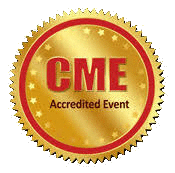
Bernard M Y Cheung
University of Hong Kong, Hong Kong
Title: Impact of the latest guidelines on the management of hypertension
Biography
Biography: Bernard M Y Cheung
Abstract
The latest American guidelines (ACC/AHA) on the prevention, detection, evaluation and management of high blood pressure marked a paradigm shift in the management of hypertension. The new definition of hypertension includes a systolic blood pressure of 130-139 mmHg or a diastolic blood pressure of 80-89 mmHg. What used to be regarded as prehypertension is now included in the definition of hypertension. This makes a sizeable proportion of the general population hypertensive. In USA, 45.6% of the adult population is deemed to be hypertensive. This is fine in a society in which a disease label entitles people to be reimbursed for medical treatment, but for less developed countries, this poses a challenge. Nevertheless, tackling hypertension at an earlier stage is cheaper than treating the complications of hypertension. Americans with stage-1 hypertension are mostly overweight without cardiovascular complications yet. Stage-1 hypertension can therefore be managed initially by changing lifestyle. For those with a certain level of cardiovascular risk (e.g. 10-year atherosclerotic cardiovascular disease risk of 10% or higher), drug treatment should be considered. Fortunately, stage-1 hypertension is relatively easy to control. Our network meta-analysis of clinical trials suggested that the ACC/AHA target of <130/80 mmHg is associated with reduction in the risk of cardiovascular events.

